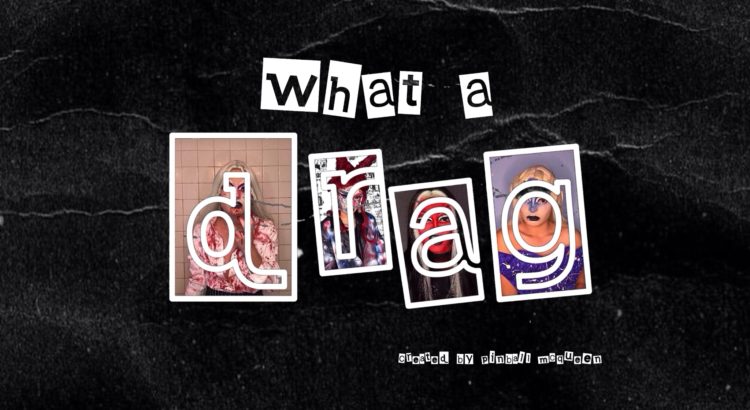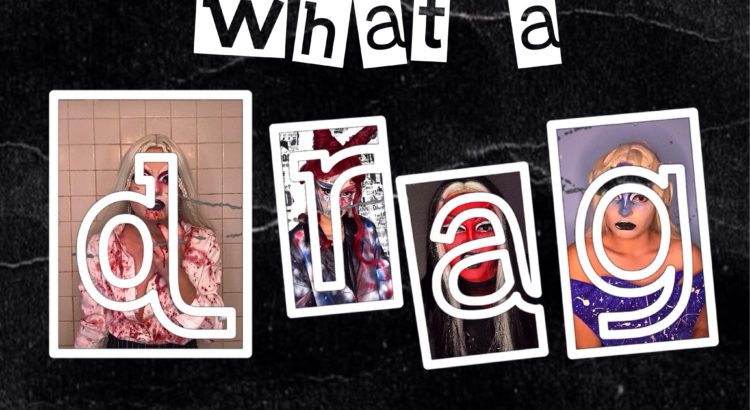The premiere of season 14 of the Emmy-winning competition show Rupaul’s Drag Race airs tonight, and while I still plan to watch it with my housemates, I think we should take a moment to remind the audience that Rupaul’s Drag Race (or RPDR, as I’ll shorten it to in this article often), is NOT the bible of drag nor the ideal goal for most drag artists. And just because you watch RPDR does NOT make you an expert on drag. While Drag Race has been amazing for bringing drag into the mainstream, supporting tons of nightlife performers and drag artists, and giving queer people a platform to showcase their art unlike everything else, it’s also done a lot to harm drag artists and drag as a whole.

Drag Race began in 2009 and was the first drag competition show to ever hit a mainstream audience. It was, in its early days, unapologetically queer and made some jokes that have since been removed because they were… well… Bad (looking at you “shemale”). The show was incredible for gay representation, awareness around HIV with Ongina in season 1, heartbreaking stories about gay men, and a beautiful (and sort of insanely unhinged) platform for drag queens to be seen as real artists. But it was also inherently misogynistic and transphobic. Drag itself is NOT misogynistic or transphobic, let’s make that very clear. Crossdressing, female impersonation and drag itself has never been those things. And drag has always been an art form populated by more than cis gay men: cis women are drag queens and kings, trans women are some of the original creators of drag and most prominent queens in our history, and nonbinary people have always been involved in drag since it’s earliest days. But RPDR did not showcase these elements of drag. Only cis men were allowed to audition for the show, and in season 5 one of the queens on the show, Monica Beverly Hills, revealed she had to stop her transition as a trans woman to even be on the show because they wouldn’t allow her to come if she had fully transitioned.
Season 9 of Drag Race featured the first trans woman who was out prior to being cast on the show as Peppermint. Peppermint was very open about her transness on the show, but it was rarely brought up aside from her “tragic backstory” moments to win the show an Emmy. Gottmik was the first trans man to be cast on the show in season 13 last year, who was very open about his own transition and place in the drag community, wearing runways that showed off top surgery scars on the main stage. This year also saw the return of Kylie Sonique Love, who came out as a trans woman at the end of season 2 of the show and returned to win All Stars 6 this summer as the first trans winner of the show, and this season has introduced Kornbread “The Snack” Jete and Kerri Colby, two trans women who are competing on this season. 
So certainly in later years, RPDR has started making strides towards being more inclusive and featuring trans artists on the show, but for a show that is meant to show a community that was literally built on the backs of trans women, it’s horribly behind and paints a very skewed image of drag as a whole. And it’s been, for years, not showcasing the trans people who even make up so much of the drag community across the world. So don’t go congratulating Drag Race for having a few trans women on season 14: they’re doing the bare minimum fourteen seasons late.
RPDR also had it’s first cis woman on season 3 of the UK version of Drag Race, also this year. Cis women have been drag queens forever and are a huge part of the drag scene, so RPDR’s refusal to include them and cast them on the show does not go unnoticed. Drag kings are also a huge part of drag as a whole, and not a Single drag king has ever been cast on drag race, despite the show often doing “masculine drag” challenges thatalmost feel like a mockery of drag kings.
Does this all mean we shouldn’t support Drag Race anymore? No, not entirely. While the show has tons of other issues besides these (their villainization of black queens, the heavy editing, the psychological abuse of the contestants, problematic challenges and queens, etc), it’s still a fun show and has been incredibly queer representation for years, as well as incredible for helping drag queens who would never have had the level of success and financial support the show has given them. But it’s important to be aware that there is SO MUCH MORE DRAG than just what appears on Drag Race. There are other shows that feature drag artists such as Dragula, Camp Wannakiki, La Mas Draga, and beyond that, there’s local drag in every city across the United States AND drag queens to create content online if you’re can’t find any local drag (Evah Destruction, Nemesis LaCroix, the Stream Queens network, etc.). So enjoy the season premiere of Drag Race, but don’t let your consumption of drag end there!

This week’s look is just a fun one to get hyped about the new season of RPDR cause yeah, I’m still excited for it.
















